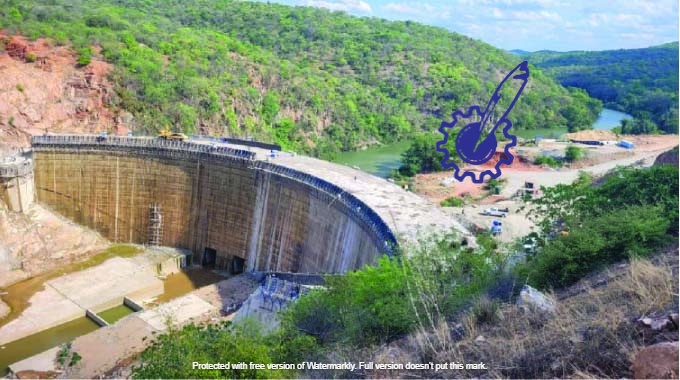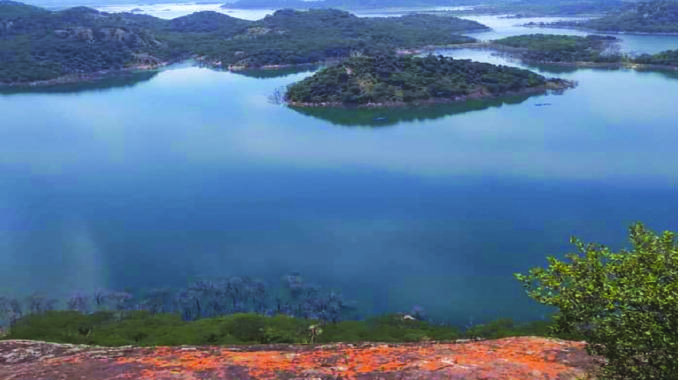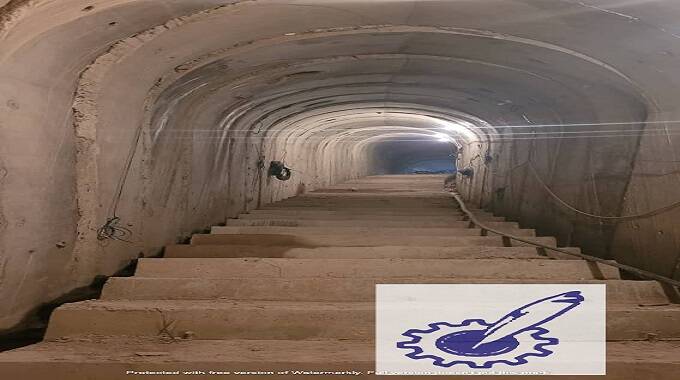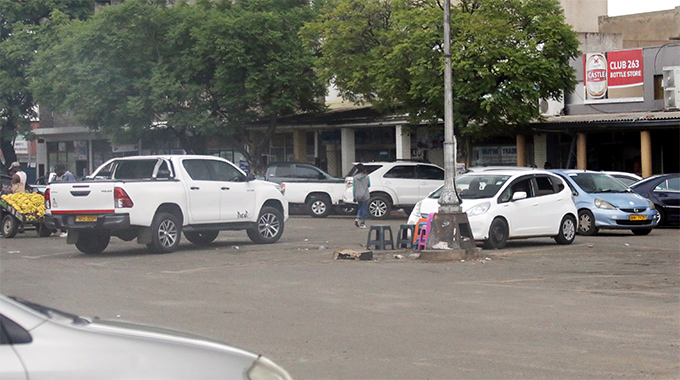Gwayi-Shangani: Engineers push the envelope on designs

Nqobile Tshili, Chronicle Reporter
THE construction of the Lake Gwayi-Shangani has enabled local engineers to showcase their acumen as they are responsible for the dam’s structural designs and adoption of latest technologies to fast-track construction works while reducing related costs.
Lake Gwayi-Shangani is the flagship project among the 12 high impact dams that Government is constructing.
The construction of the dam is in fulfilment of a century old National Matabeleland Zambezi Water Project dream to provide a permanent solution to Bulawayo’s water problems.
Successive administrations failed to implement the project but it is now set to be completed, thanks to the Second Republic led by President Mnangagwa.
The dam wall is expected to be completed next year in June making it the third largest in the country after Tugwi-Mukosi and Lake Mutirikwi.

Tugwi Mukosi
Thirty-nine metres of the dam wall have been constructed out of the 72m.
Lake Gwayi-Shangani is a roller compacted concrete gravity dam, implying that it depends on its weight for stability. It will have an ogee-shaped overflow, with a 200-metre-long spillway while the maximum depth of water will be 59 metres.
The construction of Lake Gwayi-Shangani is the first phase of the project which also involves the laying of a 245km pipeline from the dam to Bulawayo. Once completed, the dam should be transformative to the country’s Gross Domestic product and contribute to national food security.

Gwayi Shangani dam tunnel
Government has already identified 10 000 hectares to be put under irrigation along the pipeline. Communal irrigation schemes are being developed while commercial ones will follow along the pipeline from Lake Gwayi-Shangani to Bulawayo to spur rural development in five districts of Matabeleland North province.
There are plans to set up fisheries while the tourism sector is also expected to benefit from the giant dam construction.
While China Water and Electric Corp is responsible for the construction of the dam, Zinwa engineers are part of the construction success story as they are responsible for the structural designs for the dam.
They are also utilising the latest technologies to reduce the cost of construction.
A double tunnel which is 3,5m long and 2,5m wide constitute the dam wall and so far it is 33 metres deep.
The tunnel leads to the base of the dam and enables access to the dam’s control room.
A Chronicle news crew last Tuesday visited the dam as construction work was in progress and was taken to the pit of the dam wall.
In an interview, Zinwa assistant resident engineer Lucio Chayeruka said the Lake Gwayi-Shangani designs showcase some of the best structural designs by Zimbabwean engineers.
“Zinwa designed everything and the Chinese guys are there to construct as the contractors. We are supervising what we have designed on the dam. The tunnel is about 30 metres from where you can access from outside but it goes all the way up to 61 metres, up to the spillway level of the dam. We fabricate the precast concrete,” said Eng Chayeruka.
He said the dam wall tunnel was important as it is centrally located at the core of the dam wall and to access the control room you go through the tunnel.
“The only way to access the bottom part of the dam is to go through the tunnel. I can say that (it is our flagship engineering project) although it’s something that is done on any other concrete dam. The only way to access different levels of the dam is to go via this tunnel,” said Eng Chayeruka.
He said to show that the designs are structurally sound, contractors are able to load 35 metres more concrete on top of the tunnel.

Lighting has been installed on the tunnel.
Apart from the structural designs, Eng Chayeruka said engineers have also recommended the adoption of modern methods and materials for the construction works.
He said the use of coal waste fly ash has been adopted elsewhere in the world but it was the first time that Zimbabwe was using it on a major project.
“We are using a roller compacted technology instead of the normal conventional concrete. We blend 50 percent of fly ash with 50 percent of cement, which is useful in terms of reducing the cost of construction while achieving structural integrity,” he said.
“From the studies conducted, this is the first dam in Zimbabwe where fly ash as well as the roller compacted technology were applied. Fly ash is a fine powder that come from coal and it has almost the same properties as cement and it is also a good binder.”
Zimbabwe Institute of Engineers ZIE commended the use of local skills in the construction of major projects.
ZIE president Engineer Tamsanqa Mpala said having local engineers designing the structural designs for the dam falls is in line with National Development Strategy 1 which talks of locals providing services and skills to enhance development.
“It is quite significant because we are saying we want local contractors and local engineers incorporated into national projects. This is the type of buy Zimbabwe mantra where Zimbabwean engineers get to be part of the project where we have capacity,” said Eng Mpala.
Eng Mpala said it is critical that latest innovations are also employed in the construction works.
“We do encourage local engineers to participate in projects of that magnitude. We are now forced to go the technological route.
Things are changing, there are new technologies out there. There are new technologies of superfast cement, new materials and methods of construction. So, we encourage engineers to use latest technologies,” said Eng Mpala.
He said ZIE intends to visit Lake Gwayi Shangani on a learning visit.
Eng Mpala said the country is expected to benefit from innovation hubs that have been established at universities and colleges. — -@nqotshili












Comments